Cocos Creator and Cocos2d-x are powerful and well-built game engines for anyone who wants to make any 2d and many simple 3d games. We have hundreds of companies using our engine every day, and it’s surprising what they are building. But that doesn’t mean that you shouldn’t be using extra tools when building your game.
We’ve partnered and worked with many companies that are working to improve your workflow and the ease of building a video game. Though we could talk about every single one being used by developers, we decided to share the top software that we love and work with the Cocos engine:
Development/Debugging Tools
Microsoft Visual Studio Code
Microsoft has come a long way in its creation of a code editor from the 2000s to today. For most people using a Windows PC, it’s now become the premier editor for code debugging and writing. When you install Cocos Creator the first time, it’s one of the first items we ask you to download.

We highly recommend you stick with Visual Studio Code, as Cocos Creator works effortlessly with it. You’ll see the customization for it makes it well worth sticking to it.
If you didn’t download it as part of Cocos Creator, you could do so for free from Microsoft’s website at https://code.visualstudio.com/
Xcode
The premier code editing, debugging, and Apple device testing software for macOS is Xcode.

Since it’s the official coding software for Apple, you are pretty stuck with it. Plus, with all the websites and documentation put out there to help you learn the software, it’s better to stick with it.
Download Xcode for free at Apple’s website at https://developer.apple.com/xcode/
Android Studio
If you want to do any testing of your games on an Android system, you are pretty much going to have to get Android Studio. Though some bemoan the use, it’s a powerful tool that has tons of features that devs can use to optimize their games.
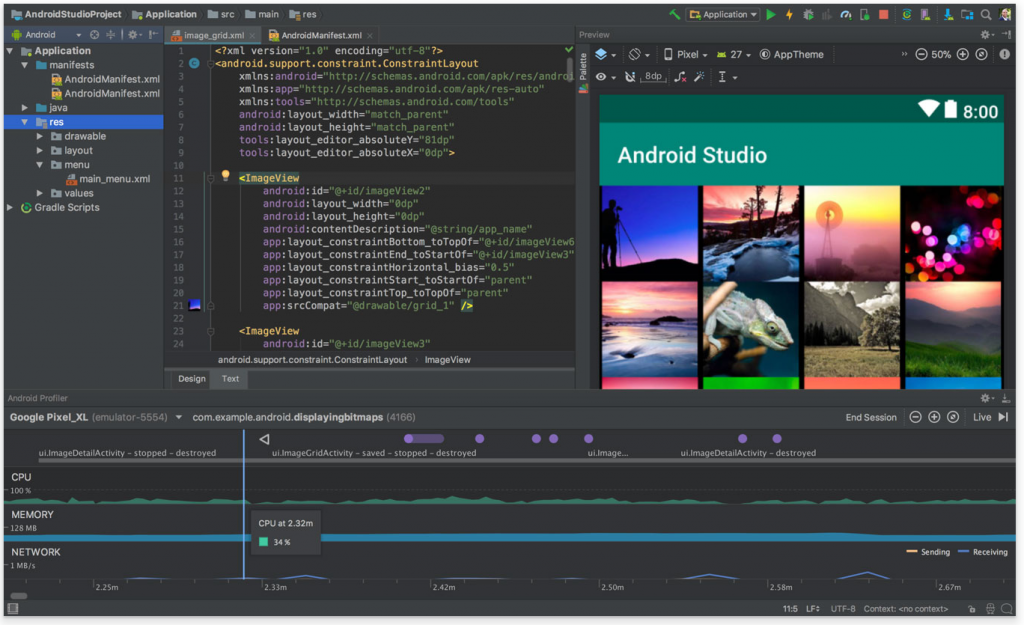
Download Android Studio for free from Google’s developer site at https://developer.android.com/studio/
Graphic Tools
Tiled
Most, if not all, 2d and 2.5d games are built with tiles. Using tiles for game development started back in the 1980s and continues to be the popular choice for game design. A great example of this is with the indie game
To make the work even easier, the program Tiled was built by Thorbjørn Lindeijer, a fantastic German developer at Ubisoft.
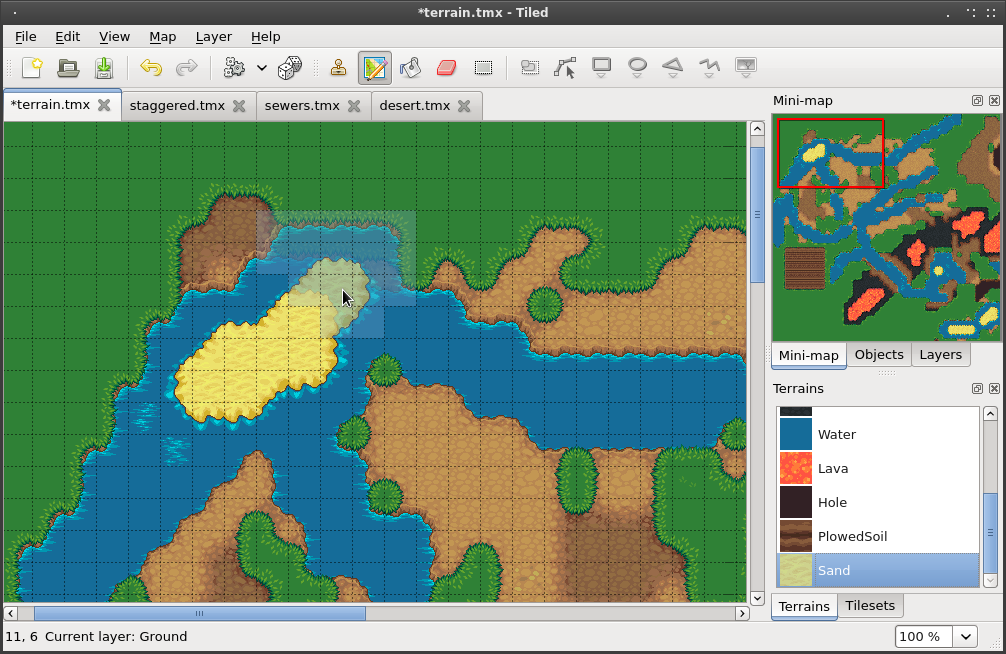
Tiled is an open-source tile map editor that allows you to make tile maps in either orthogonal, isometric, or hexagonal styles. This allows for flexible map creation, level design, and much more. We have been a huge supporter of the project and files built with tiled work with Cocos Creator. So build to your heart’s content.
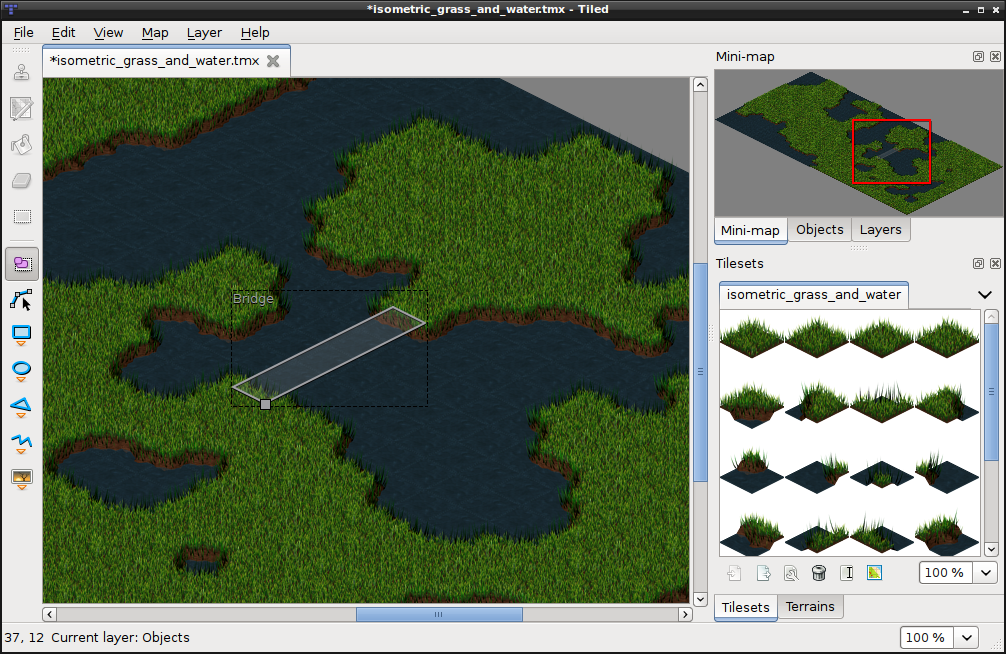
You can download it for free and uses the MIT open source license. Get Tiled at https://www.mapeditor.org/
DragonBones
Building good animation for your game can be time-consuming and frustrating for those who just want to do simple walking, running, and attack animations. But with the help of DragonBones, you can build a character and form the bones that allow you to animate your scene quickly. This also allows you to add multiple new clothing, weapons, and other things to your game with very little time and programming.

Dragonbones comes with skeletal creation, animation timelines, meshes, onion skin, and export into texture atlas with JSON data format.
You can download for free at their website at http://www.dragonbones.com
Spine
DragonBones is excellent, but if you wanted to try something a bit different, I would try out Spine by Esoteric Software. Both do the same, but from talking to developers, you may find a lot more tutorials and support for the price you pay compared to DragonBones.
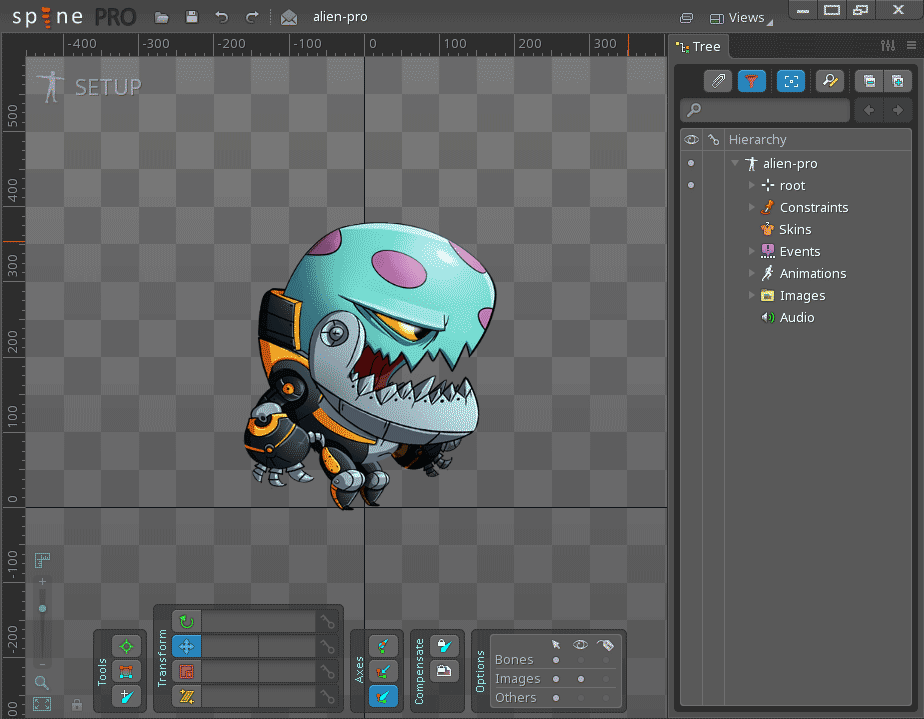
You can add meshes, free-form deformation, skinning, and audio to your animation with even more features you can check out. We work hard to make sure Spine works in Cocos Creator, and they continue to update the program all the time.
You can get a trial for Spine at their website at http://esotericsoftware.com/
TinyPNG
This site is a no brainer when it comes to compressing your PNG files. This is especially big when every kilobyte of space is needed for HTML5 games that people download onto their phones. TinyPNG is a free website that spits out compressed PNG files mysteriously, but effortlessly.

The best part about TinyPNG is it’s free and straightforward with a pro version, only costing $25 a year. The Pro allows for more images to handle per upload and at larger sizes. It’s a must for anyone worried about game file sizes.
You can use it now from their website, http://www.tinypng.com
Particle2dx
A community member long ago from our Japanese Facebook group created something amazing to help many developers in need of particle effects for their game using Cocos2d-x. Particle2dx is an online site that allows you to build and export particle effects you build with an amazing amount of flexibility and options that still works with Cocos2d-x, but also with Cocos Creator.

You can change the color, shape, motion, and so much more from the site. When you finally have what you need, you can export the emitter as a JSON or export the texture’s XML and png files to add directly into Cocos Creator. You can also get the source code at their website to play with on your own.
Try now from their website at www.effecthub.com
TexturePacker
One way to really compress your files and make a smaller game is to put all your sprites on one sprite sheet. Why do that? You can save tons of memory and a lot of sizes, which is huge for anyone building HTML5 games. That’s why it’s great to use something like TexturePacker to shrink the size of the sprites to 25% of the original size with the software.

Not only is TexturePacker great at shrinking sprites, but it also accepts a wide range of image filetypes like PNG, PSD, JPG, and more. The software has been a mainstay for many of our clients and is supports the Cocos engine.
The website includes tutorials and documentation, so you never will get lost with the software. You can try it for free for a few days before it goes into limited mode at CodeAndWeb’s website at https://www.codeandweb.com/. If you like, go ahead and pick up a license.
BMFont
Even though iPhones and Android have a wide array of available fonts for you to use with their operating systems, they might not be exactly as you wanted, or you may have a font you like instead. That’s why it might be better to use a bitmap font. It’s faster than refreshing text fields.
The best we can recommend is the free software program, BMFont. This Bitmap Font Generator allows you to choose the font from your computer and quickly have it exported into a bitmap that can be added to your game.

In our tutorial “Cocos Creator for Beginners,” we added our bitmap font to the game. With the tools provided by BMFont, it was super easy.
You can download BMFont by AngelCode at their website at http://www.angelcode.com/products/bmfont/
Audio Tools
Agora.io
Did you know that you could build apps with Cocos Creator? Some developers aren’t just building games, but building educational software where teachers and students can talk with each other. This can be achieved by using Agora.io, a company that allows live video and audio to be streamed on your phone.
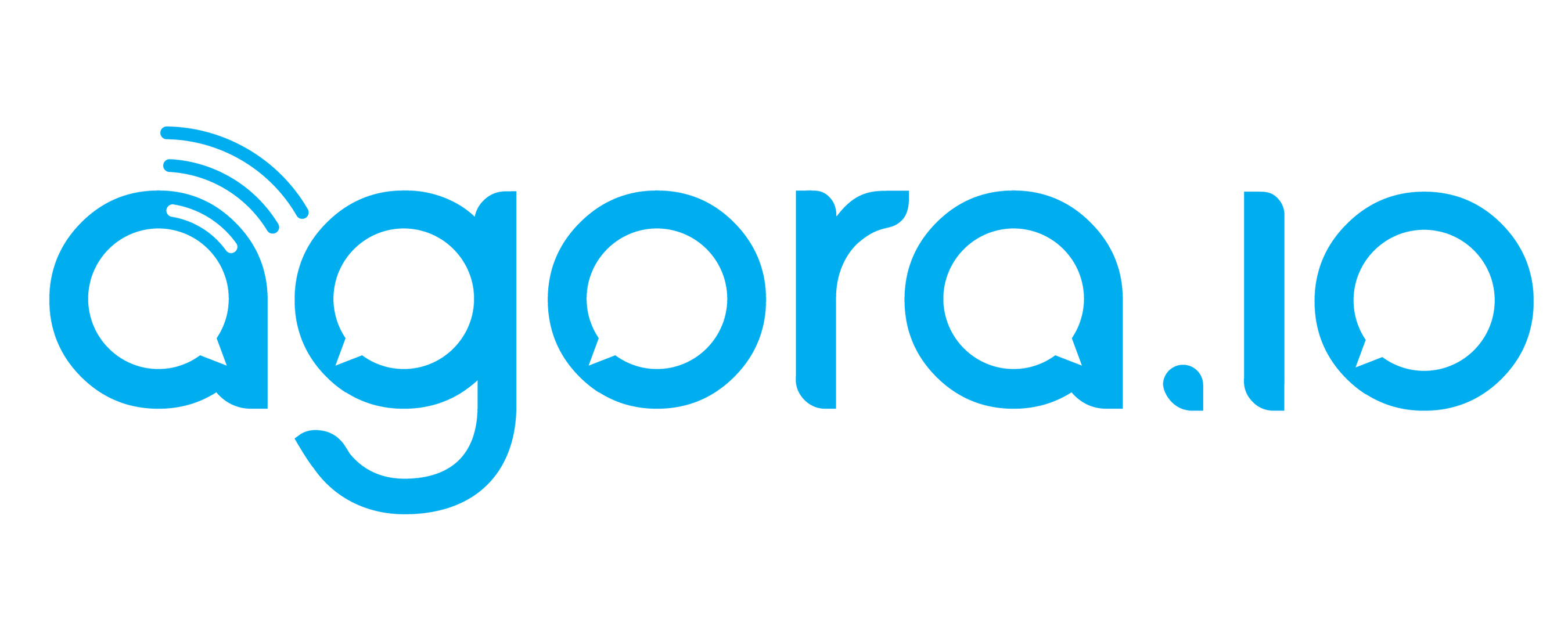
Agora.io is free for the first 10,000 minutes and is already integrated with Cocos Creator. You can learn more from this talk from our Cocos Game Development Connect Conference on what Agora.io can do for you and what you’ll need to do to add to your game or app.
You can download their tools for free from their website at www.agora.io
FMOD Studio
If you need audio that adapts the way your players play a game, such as new audio when entering a new world seamlessly, or when an event happens, then you definitely need to be working with FMOD.
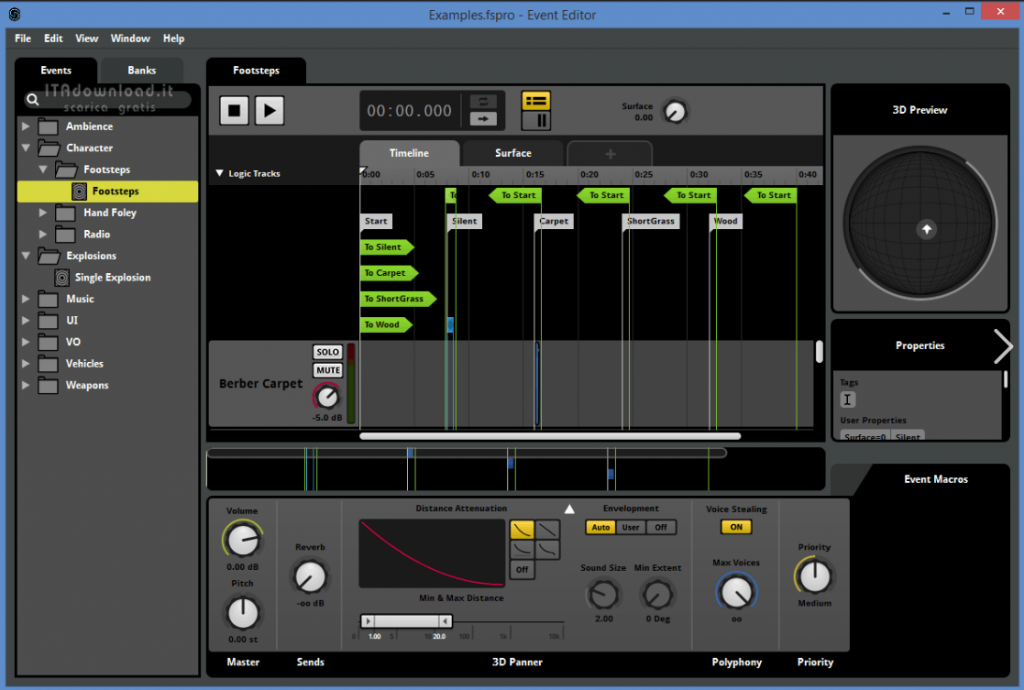
FMOD is used by both hobbyists and the pros with some great tutorials available from their website and on the web. The great thing is that it’s free to play with and use. You can then purchase licenses as your game company grows and grows. FMOD is compatible with Cocos2d-x.
Get FMOD now at their official website at https://fmod.com/studio
Wwise
Wwise is another excellent audio logic system (aka DAW) like FMOD and has been used for many AAA titles. Since both FMOD and Wwise are standards for the industry used everywhere. The best thing for you to do is play with both as they both work with the Cocos engine and see which works best for you.
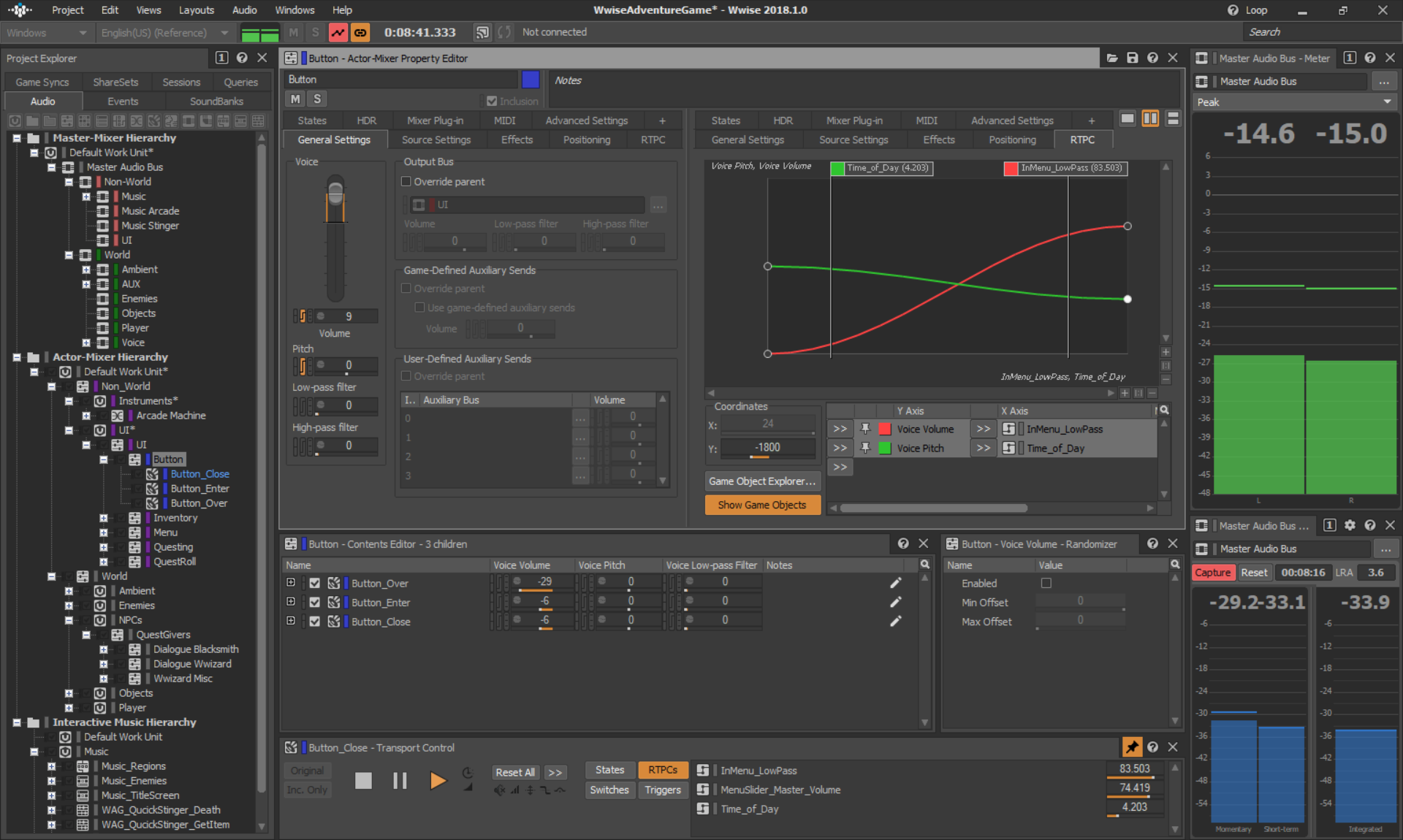
Wwise is a lot more programmer-friendly, so if you are more into the meat and potatoes of audio development, you might want to use Wwise compared to FMOD, which is more for visual developers.
If you are ready to play with the pro-level development tools, you can download it from the audiokinetic website at www.audiokinetic.com








